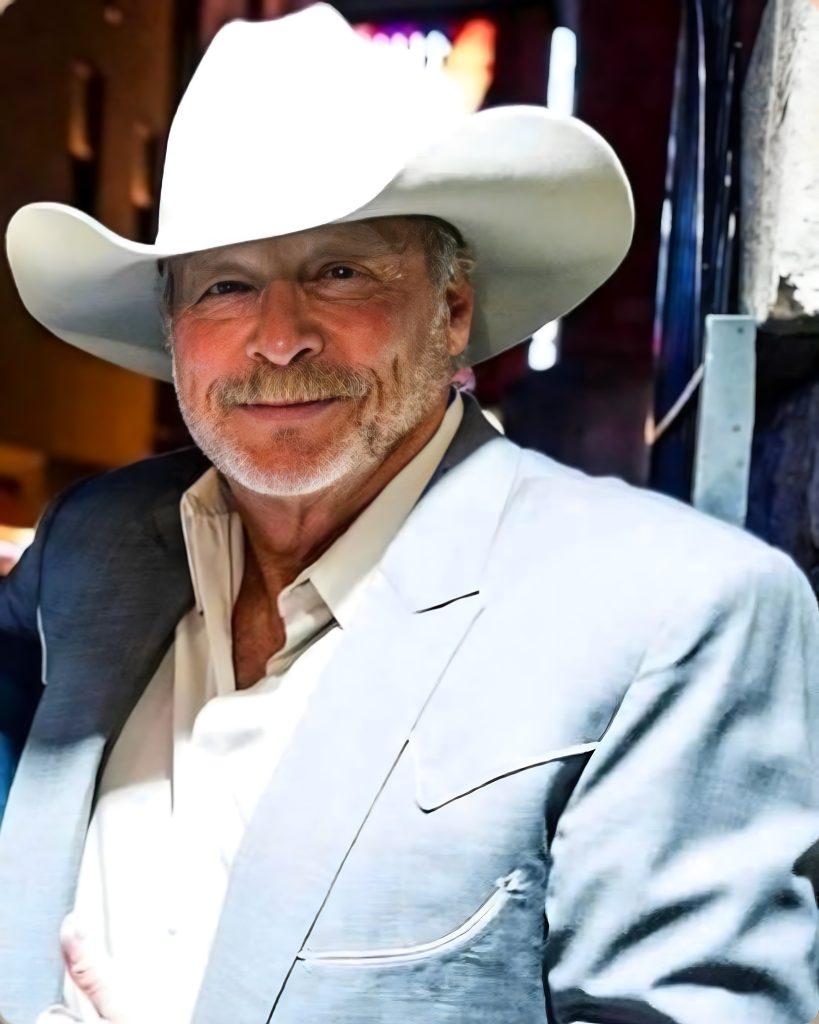Introduction
I remember sitting in the backseat of my uncle’s old Ford truck, radio dial stuck on a local country station. That was the first time I heard “Gone Country.” Even at ten years old, I knew the song meant something bigger than just a catchy chorus. It spoke of change—how everyone was suddenly turning their gaze to Nashville, trying to capture the magic of country music. Years later, the song still feels like an anthem for transformation—of artists, of genres, of America itself.
About the Composition
-
Title: Gone Country
-
Composer: Bob McDill
-
Premiere Date: Released in November 1994
-
Album/Collection: Who I Am by Alan Jackson
-
Genre: Country (Contemporary Country/Neotraditional Country)
Background
“Gone Country” was written by legendary songwriter Bob McDill, who had already cemented his place as one of Nashville’s finest. The song found its home with Alan Jackson, released as the third single from his 1994 album Who I Am. At a time when country music was undergoing a cultural expansion—with pop and rock artists turning toward its sound—this track captured the zeitgeist perfectly.
Jackson’s delivery was laced with subtle irony and honesty, telling the story of artists from other genres pivoting to country for relevance or authenticity. The public and critics alike embraced the song: it hit No. 1 on the Billboard Hot Country Songs chart and became one of Jackson’s most iconic hits.
Musical Style
Musically, “Gone Country” blends traditional country instrumentation—steel guitars, fiddle—with a polished, radio-friendly production that was emblematic of early ’90s Nashville. Jackson’s baritone is steady and unpretentious, grounding the song even as its lyrics comment wryly on an influx of outsiders. The structure is classic verse-chorus, but what gives it edge is the lyrical storytelling, enhanced by the dynamic build of the music.
Lyrics/Libretto
The lyrics paint portraits of three different characters—a lounge singer from Long Island, a folk singer from Greenwich Village, and a business-minded woman from Los Angeles—all of whom “go country.” What makes the song powerful is its nuance. It doesn’t mock these characters; instead, it observes them, reflecting on why they might be drawn to the country lifestyle or image. The hook “She’s gone country… look at them boots” is both playful and poignant, suggesting both cultural appropriation and genuine longing for something real.
Performance History
“Gone Country” became a staple of Alan Jackson’s live performances, often used to energize crowds and close out concerts. It appeared on multiple greatest hits albums and has remained in regular rotation on country radio stations even decades later. The song’s staying power speaks volumes about its resonance not only with Jackson fans but with listeners who’ve witnessed country music’s continual evolution.
Cultural Impact
This track came at a pivotal moment when country music was spilling over into mainstream consciousness. As artists like Garth Brooks and Shania Twain were drawing huge crossover audiences, “Gone Country” felt like both a celebration and a critique. It sparked conversations about authenticity, genre boundaries, and the commodification of cultural identity.
Interestingly, the song itself has become part of the phenomenon it critiques—used in commercials, TV shows, and even political campaigns, often without full recognition of its layered message.
Legacy
Today, “Gone Country” stands as a snapshot of an era—and a mirror to many that followed. Its themes of reinvention and identity are timeless, especially in an age when musical genres are more fluid than ever. The song reminds us that country music isn’t just a sound; it’s a story people want to be part of, even if they didn’t grow up in it.
Conclusion
To me, “Gone Country” isn’t just a great Alan Jackson song—it’s a cultural lens. It invites listeners to question motivations, celebrate change, and consider what “country” really means. If you’ve never heard it (or haven’t listened closely), I recommend starting with Jackson’s original recording from Who I Am. And if you want to feel the full weight of the lyrics, find a live performance—maybe one of those acoustic sets where Alan lets the story breathe. You might just find yourself, like so many others, gone country too.
Video

